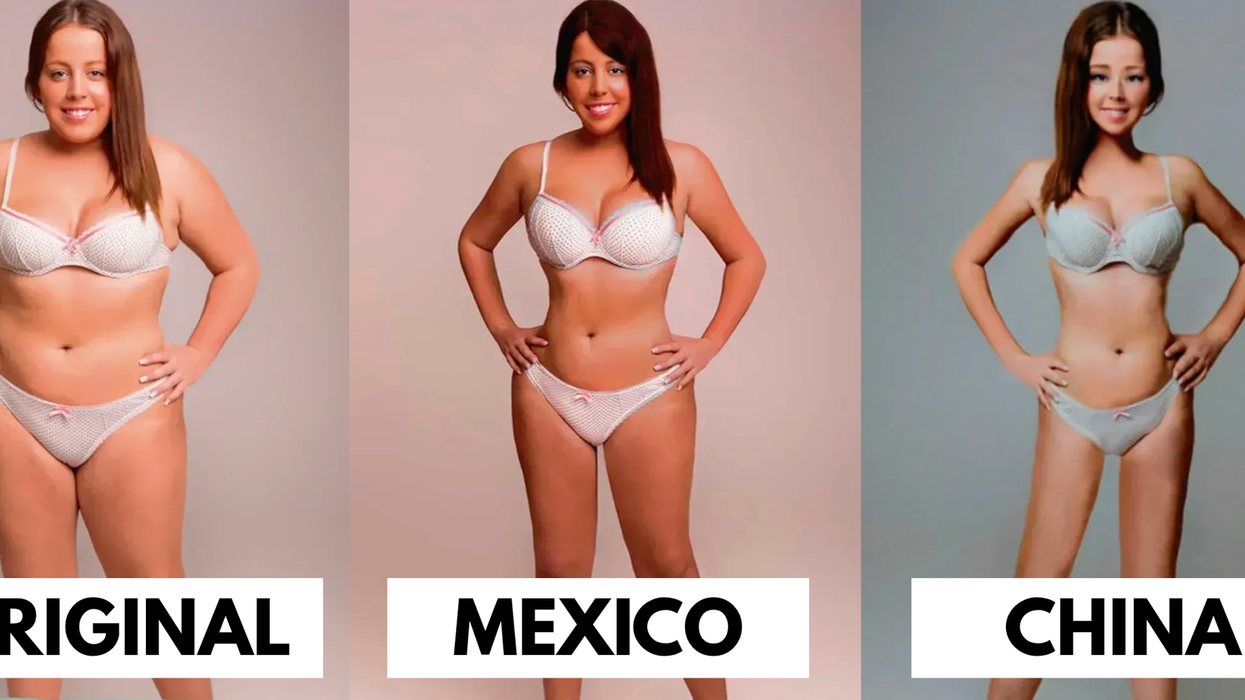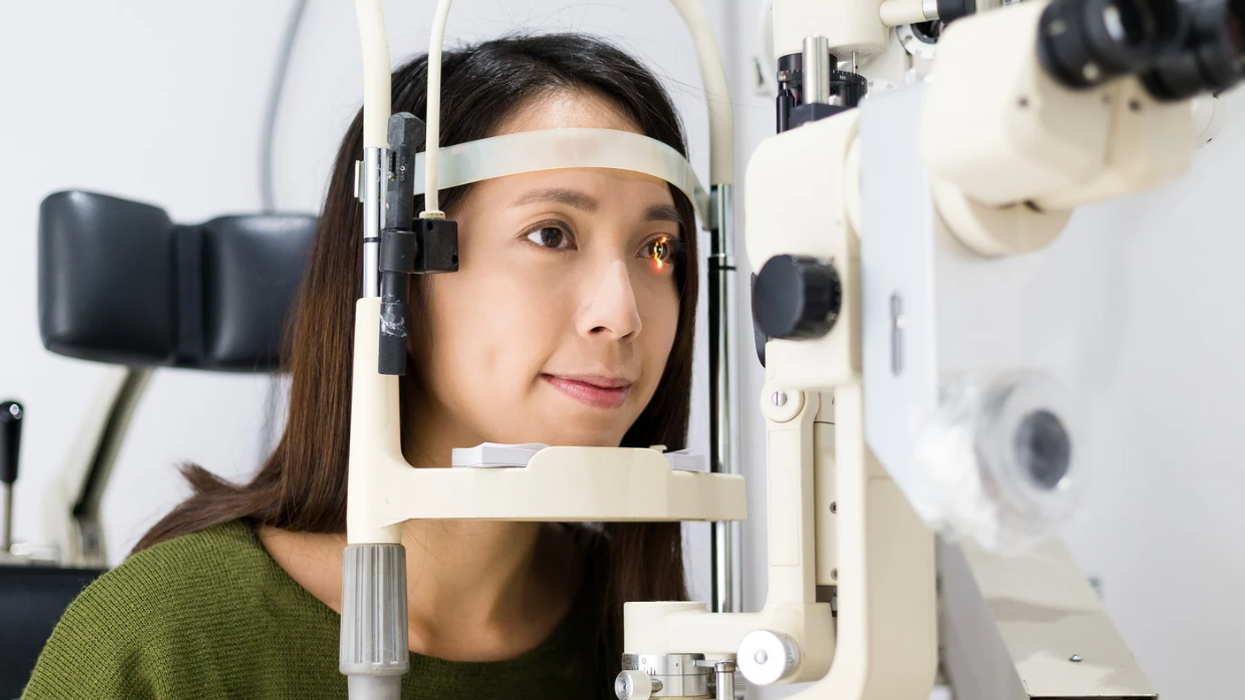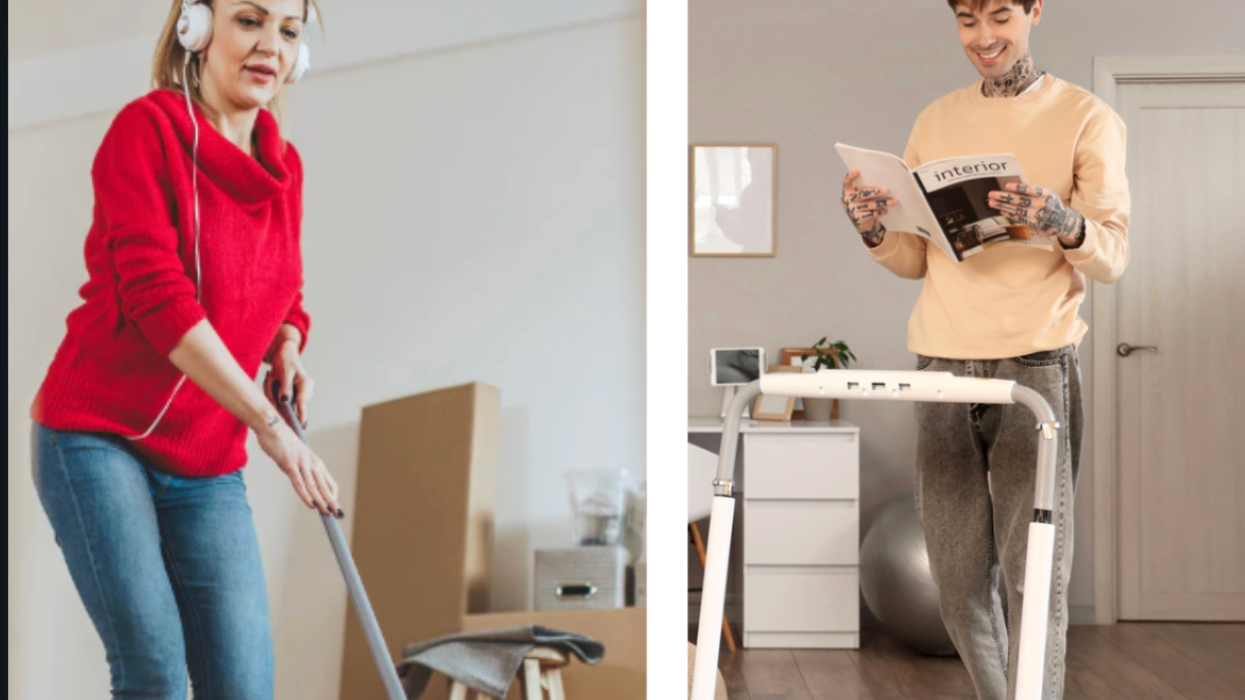After the House GOP pulled its nearly universally reviled proposed replacement for the Affordable Care Act, I confess I celebrated. There was really nothing of merit to the plan.
Yet we can’t forget that our health care system remains deeply flawed, especially for women, and I should know: I’ve spent the last year trying and failing to get a mammogram.
It’s not that I revel in the idea of having my breasts smashed between two unyielding plates of glass. I’m actually not looking forward to this appointment whatsoever. But, given that I am (a) over 40 years of age, (b) have a family history of breast cancer, (c) know my own mother’s cancer was caught by a regular annual screening, and (d) have an odd spot on my left breast my doctor would like to keep tabs on, I’ve gotten into the habit of having the procedure done twice a year.
[quote position="left" is_quote="true"]I have stellar insurance and an odd spot on my left breast.[/quote]
But right now, despite having what’s widely considered stellar health insurance that would happily cover the vast majority of the costs associated with these procedures, I cannot get an appointment. Let me explain.
I was scheduled for my ordered mammogram about 14 months ago. It took a few months to get the appointment, even with my history, but, in my experience, that is par for the course. Unfortunately, I had to cancel that appointment the week before because of an unexpected work trip. Luckily, the nice folks at the facility penciled me in for an appointment about 10 days later.
Little did I know, it would be 10 days too late. I went to my appointment, only to learn that the order for the mammogram had expired. The woman at the front desk apologized profusely, but they would not be able to offer me the procedure that day. Instead, she sent me home with the instructions to call my gynecologist for a new order and told me to immediately call the main scheduling line to book a new appointment. Never mind the fact that gynecology and radiology are literally just two hallways down from one another at the facility. They apparently can’t talk to one another. It would have to be done by phone.
I tend to at least try to follow instructions when it comes to my health, so I did exactly as directed. But, alas, I would soon learn that a phone call would not do the trick. My OB-GYN could not update my mammogram order. Unfortunately, it had been too long since my last “well-woman” exam. A new order would be impossible unless I came in for another old-fashioned, touchy-feely breast exam. The nurse was sorry, but the system simply wouldn’t allow it. Would it be too much trouble to come back in for a 10-minute visit?
It would not have been—except even 10 minutes with a popular OB-GYN can be hard to come by. The scheduling nurse remained apologetic. But apparently only enough to squeeze me in for my new appointment nearly four months later.
[quote position="full" is_quote="true"]Some might say a mammogram simply isn’t worth the effort. But they don’t have my mother, a breast cancer survivor, regularly nagging them.[/quote]
After my doctor manually checked my breasts, she wrote up a new order for the mammogram. I knew to expect a six-week wait, minimum, to get back on the radiology schedule. But I tried to take it in stride. That is, until I was informed that my insurance would no longer be accepted at the doctor of my choice—thanks to cost negotiation issues between the facility and my insurance company. Not for a mammogram or anything else, for that matter. And, no, so sorry, that mammogram order would not be good at any other facility. I’d have to find a new OB-GYN and start from scratch.
At this point, some might think the universe is telling them that a mammogram simply isn’t worth the effort—they can just make do with regular self-checks at home. But they don’t have my mother, a breast cancer survivor, regularly nagging them to get in there and get it done.
So I found a new OB-GYN. Someone who is covered by my insurance. Here’s how it goes: I wait for my appointment and am finally handed a new and quite official-looking paper order for a mammogram with a quite strong admonishment from my doctor to schedule my screening immediately. I had every intention of obeying.
[quote position="right" is_quote="true"]Even 10 minutes with a popular OB-GYN can be hard to come by.[/quote]
Except when I call to schedule my mammogram, I learn that my order, despite its authoritative look, is not valid. It is missing an ICD-9 code and a checked box for “left, right, or bilateral.” I will have to get myself a new order before I can be scheduled. Not only that, but I’m told by a very unsympathetic voice on the other end of a phone line, radiology will not give me that mammogram, despite the new order or the length of time since my last screening—unless they get all of the films from my old facility, a task that will require getting a DVD burned in person.
I’m currently working on that last part. First, I have to call my new facility back and figure out what format they need. No one seems entirely sure, and I’ve gone unchecked all this time. There is one Planned Parenthood facility on the other side of town, and going there may be what I end up doing. But I shouldn't have to—by making an appointment there, I’ll be taking a spot away from someone with lesser/no insurance. And unless I plan to continue going there in the future, it breaks my continuity of care.
I’d like to tell you that my experience is an anomaly, but as I’ve recounted this experience to other women I know, I’m learning that it is not. I shudder to think of the hoops that women with lesser means may have to go through to get this routine check, especially since we well know that catching cancer early is so critical to good outcomes, both medically and financially.
It seems nearly everyone has an opinion on women’s health—especially right now. A mammogram may seem insignificant, an inconvenience, really. Certainly, Senator Pat Roberts, a Kansas Republican, thought so little of them that he callously quipped, “I wouldn’t want to lose my mammograms,” when a reporter asked him about potential cuts to “essential health benefits” in the now-pulled American Health Care Act proposal.
Though he’s since apologized, I still don’t get the joke. A year is plenty of time for that spot to turn into something more sinister. It’s not a joke for my mother, whose cancer was caught early by a routine screening. It’s not a joke for other friends who have suffered their own bouts with breast cancer, who know all too well what it feels like to wonder if their insurance will cover all or only part of their cancer treatments—let alone important checks and screenings. It’s also not a joke to the families whose loved ones succumbed to the disease, leaving only their memory and, too often, crushing medical debt behind.
That’s why I’ll continue to call and pester and beg until I get my mammogram. Not only to shut my mother up—though that part certainly won’t hurt—but because it shouldn’t be this hard to do such a simple thing that is so critical to my long-term health.




















 Ladder leads out of darkness.Photo credit
Ladder leads out of darkness.Photo credit  Woman's reflection in shadow.Photo credit
Woman's reflection in shadow.Photo credit  Young woman frazzled.Photo credit
Young woman frazzled.Photo credit 

